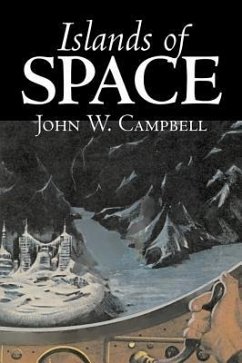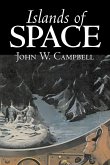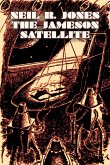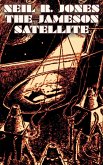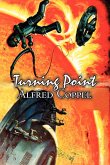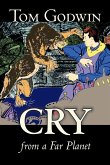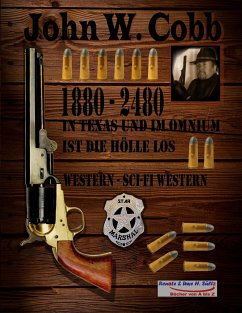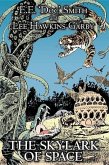"Arcot, Wade, Morey, and their computer, Fuller, put together a ship which will travel faster than light . . . they give us what may have been the first space-warp drive. The concept was simple; to make it plausible wasn't -- unless you were John Campbell. "With this out-of-space drive they hightail it among the stars. They locate the fugitive planets of the Black Star . . . find a frozen cemetery-world of a lost race . . . then head out for another galaxy . . . and wind up in a knock-down-drag-out interplanetary war in the other galaxy." -- P. Schuyler Miller, Astounding Science Fiction * John W. Campbell first started writing in 1930 when his first short story, When the Atoms Failed, was accepted by a science-fiction magazine. At that time he was twenty years old and still a student at college. As the title of the story indicates, he was even at that time occupied with the significance of atomic energy and nuclear physics. For the next seven years, Campbell, bolstered by a scientific background that ran from childhood experiments, to study at Duke University and the Massachusetts Institute of Technology, wrote and sold science-fiction, achieving for himself an enviable reputation in the field. In 1937 he became the editor of Astounding Stories magazine and applied himself at once to the task of bettering the magazine and the field of s-f writing in general. His influence on science-fiction since then has been great. Today he still remains as the editor of that magazine's evolved and redesigned successor, Analog.
Hinweis: Dieser Artikel kann nur an eine deutsche Lieferadresse ausgeliefert werden.
Hinweis: Dieser Artikel kann nur an eine deutsche Lieferadresse ausgeliefert werden.

